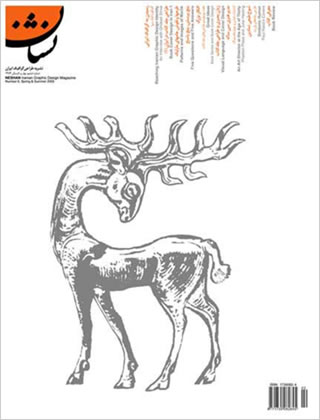For years, Larry Lessig has been at the increasingly contentious frontier where intellectual-property law meets technology innovation. A professor of law at Stanford Law School, he’s the author of the books Free Culture, The Future of Ideas, and Code and Other Laws of Cyberspace.
Lawrence Lessig es abogado y catedratico de Derecho en la Universidad de Stanford y la figura más prominente a nivel mundial en el campo del ciberderecho. Fundador del Centro para Internet y la Sociedad de la universidad, además de la iniciativa Creative Commons.
También es autor del libro Cultura libre, donde defiende el copyleft como nuevo paradigma para el desarrollo cultural y científico desde Internet, apoyándose en el movimiento del software libre de Richard Stallman. Lessig es reconocido crítico de las implicaciones de los derechos de autor.
Lawrence Lessing en la wikipedia [+]
Página de Lawrence Lessing [+]
CopyFight [+]
Traduccion al español de "FreeCulture" para descargar [+]
Elastico.net (invaluable) [+]
